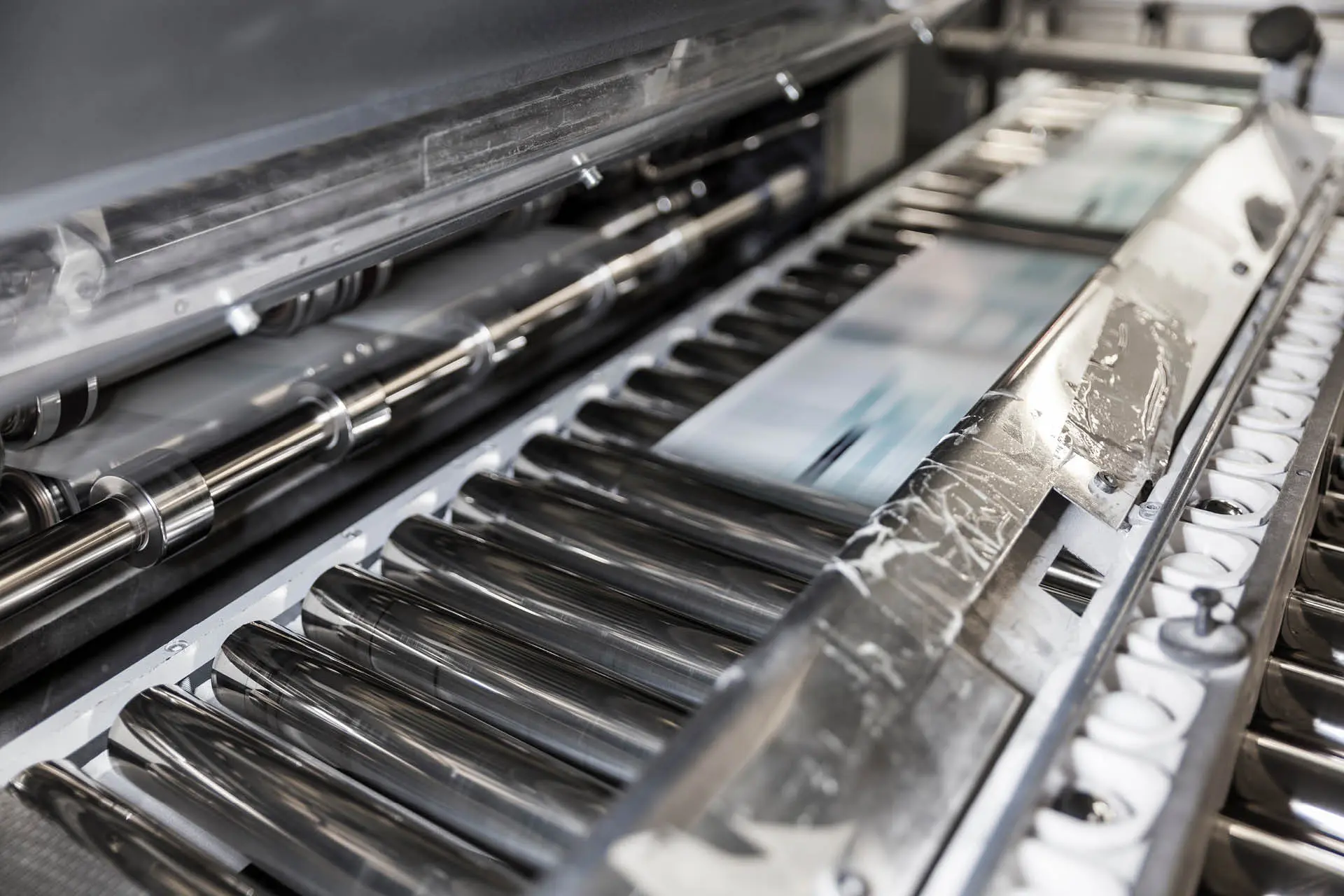Grow Your Brand with Premium litho printing
Wiki Article
A Comprehensive Overview to Comprehending Litho Printing Strategies
The world of litho printing, a strategy originating from the late 18th century, is a fascinating blend of history, advancement, art and scientific research. This extensive overview will unwind the intricacies of this printing technique, from the structure of litho inks to the obstacles encountered in modern applications. As we venture right into the intricacies of lithography, the significance of automation and sustainability in ensuring its future importance becomes significantly clear. Remain with us as we trip into the fascinating world of litho printing.The Historic Advancement of Litho Printing
The historical trajectory of litho printing, a crucial advancement in the world of communication, is a fascinating story of human resourcefulness. Birthed in the late 18th century by Alois Senefelder, this method was originally an affordable technique of publishing theatrical jobs. Lithography, derived from the Greek words for 'stone' and 'to compose', utilized a smooth stone surface area to move images onto paper. The procedure progressed with the arrival of the rotating press, which greatly boosted performance (litho printing). In the 20th century, the innovation of balanced out lithography transformed the industry, permitting mass production of high-quality prints. Each phase of litho printing's evolution showcases mankind's unrelenting pursuit of efficiency and quality in aesthetic communication.Deciphering the Scientific Research Behind Litho Printing Inks
Moving ahead in the exploration of litho printing strategies, the emphasis now shifts to the science behind litho printing inks. The composition of these inks, their drying procedure, and shade mixing techniques develop the backbone of this complex art type. Comprehending these components is essential to understanding the craft and achieving the wanted print results.Make-up of Litho Inks
In lithographic printing, the fundamental duty of litho inks can not be overemphasized. Pigments, the color-providing aspects, are carefully ground bits put on hold in the car, a liquid that carries the pigment onto the printing surface area. Each part plays a crucial part in the last print's quality, making the precise formulation of litho inks a complex scientific research.Ink Drying Refine
From the composition of litho inks, interest transforms to the fascinating process of ink drying. 2 key techniques are used in litho printing: oxidative drying and absorption. Absorption, on the various other hand, involves the ink seeping into the paper fibers, which is a quicker procedure but can lead to less dynamic colors.Shade Combining Methods
While the drying out process plays a crucial duty in litho printing, the science of color mixing strategies holds equivalent relevance. This is a complex procedure that involves the careful blending of primaries: cyan, magenta, and yellow, in varying percentages to attain a wide selection of tones. The enhancement of black ink, referred to as 'vital', helps in controling the strength and depth of the colors. The science behind litho printing inks likewise considers the transparency of the ink, which influences just how colors overlay and mix. To achieve an effective shade mix, print professionals should likewise recognize the details of ink habits, color theory, and the physical residential properties of the substratum on which the ink is used.The Art and Design Components in Litho Printing
Litho printing breathes life right into art and layout via its distinct elements. Litho printing accommodates a selection of colors, making it possible for musicians to develop vibrant and vibrant prints. This mix of accuracy and flexibility makes litho printing a preferred selection for many musicians and developers.Modern Applications of Litho Printing Methods
Litho printing strategies have actually discovered considerable use in see this page the modern commercial sector. Its influence and significance remain to expand with the arrival of brand-new advancements and technologies in the area. This area will certainly check out these contemporary applications and the transformative duty they play in the printing market.
Commercial Litho Printing Uses
In today's electronic age, one may question regarding the relevance of standard printing approaches. Litho printing continues to be a crucial part of the commercial industry. High-volume printing tasks, such as the production of publications, papers, and product packaging, depend on litho printing for its capacity to deliver remarkable image top quality and price performance. The procedure, which includes transferring a tattooed image from a plate onto a rubber covering and then to the printing surface area, offers unmatched consistency. This makes it excellent for tasks needing a huge print run. Litho printing likewise provides a broad shade spectrum, premium to that of digital printing. This makes it the go-to option for jobs that demand dynamic, high-quality shade reproduction.Innovations in Litho Printing
Pushing the limits of conventional strategies, contemporary developments have actually sustained a host of innovations in litho printing. One famous development is electronic litho printing, which integrates the merits of digital modern technology with litho's top notch outcome. These innovations emphasize the long-lasting importance of litho printing in the modern-day globe.Discovering the Refine of Litho Printing: Detailed

Challenges and Solutions in Contemporary Litho Printing

Despite the precision and tradition that litho printing happily supports, it is not without its set of modern challenges. Digital litho printing permits for affordable short runs and easy customization, resolving the concern of variable data. Therefore, while there are difficulties, the litho printing market is proactively adjusting to satisfy them head-on, ensuring its relevance in the future.
Final thought
In verdict, litho printing, with its abundant history and clinical details, holds a considerable location in the print sector. The future of litho printing hinges on its ability to adapt to these altering demands, attesting its long-lasting value in an evolving market.
Report this wiki page